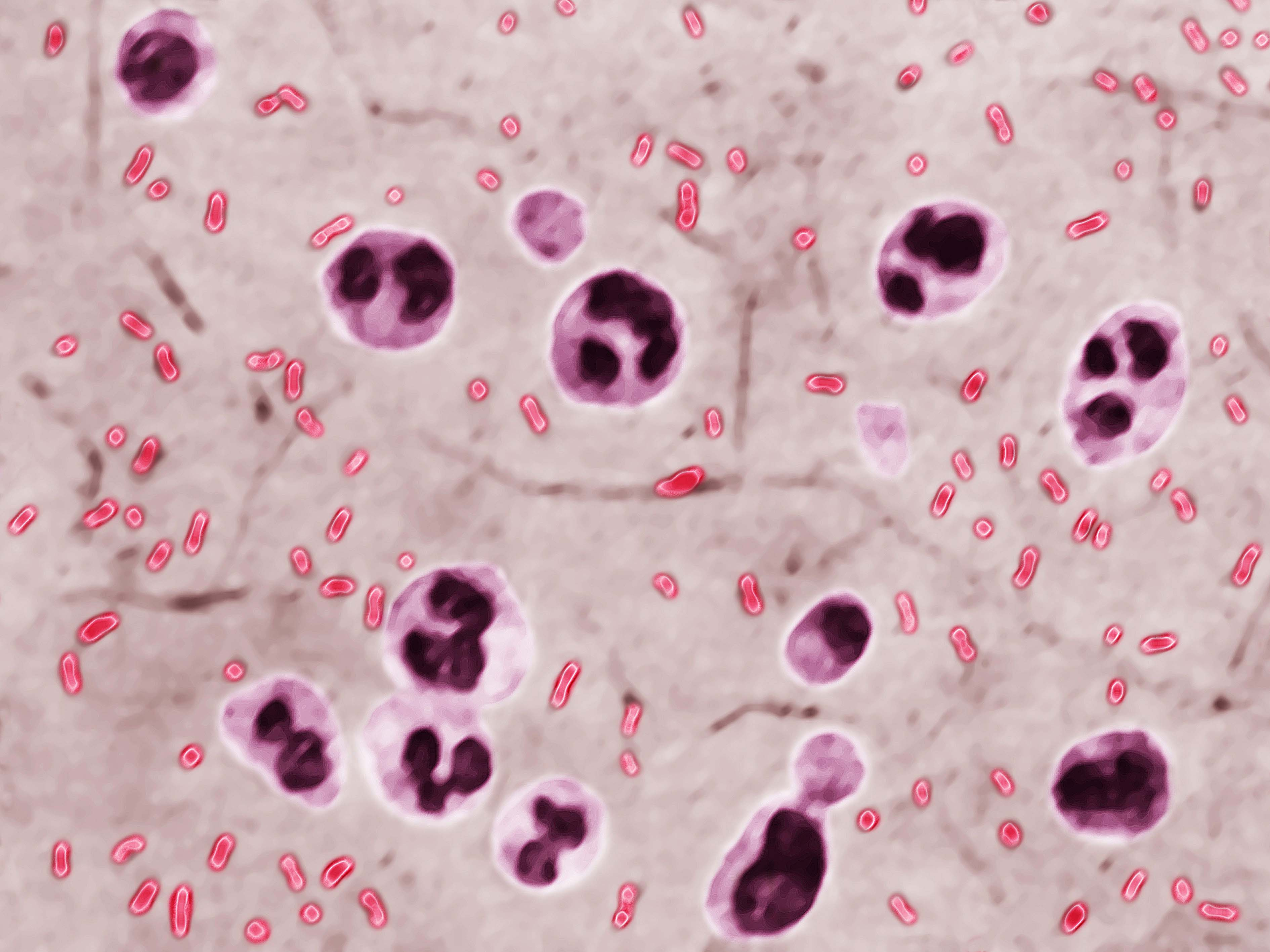
Since 2001, 14 major outbreaks have been reported to the World Health Organization (WHO) ( ), mainly from Africa and Asia. Now, natural plague foci are widely distributed in Asia, Eurasia, Africa, and the greater American region.

In ancient times, plague spread was associated with human activities, such as maritime trading and the Silk Road, etc., which could transport fleas associated with live rodents and/or products that led to the plague spread ( 5, 6). The pathogen responsible for these three pandemics has been exclusively attributed to Yersinia pestis, according to high-throughput genome sequencing using ancient human remains ( 3, 4).

Plague caused three major outbreaks in human history, changing the path of our civilization. Unfortunately, most modern clinical doctors neglect this notorious disease, although it is also a select agent with bioterrorism potential ( 2).

Although plague is not common, it remains clinically important because natural plague foci are widely distributed throughout the world ( 1).


 0 kommentar(er)
0 kommentar(er)
